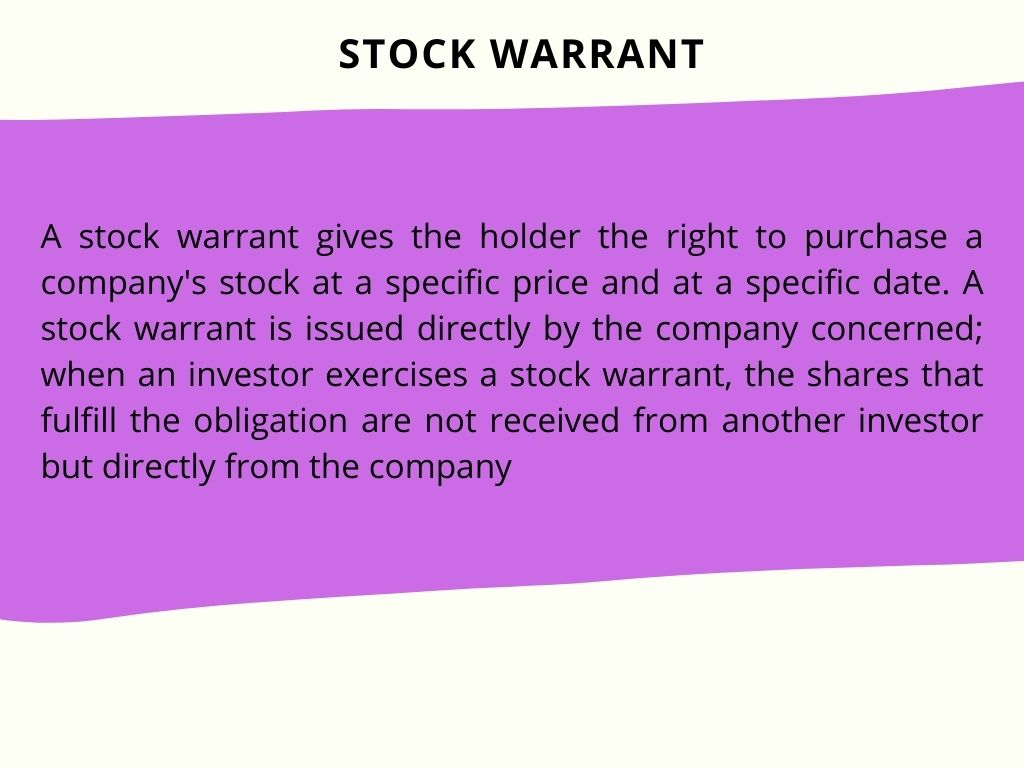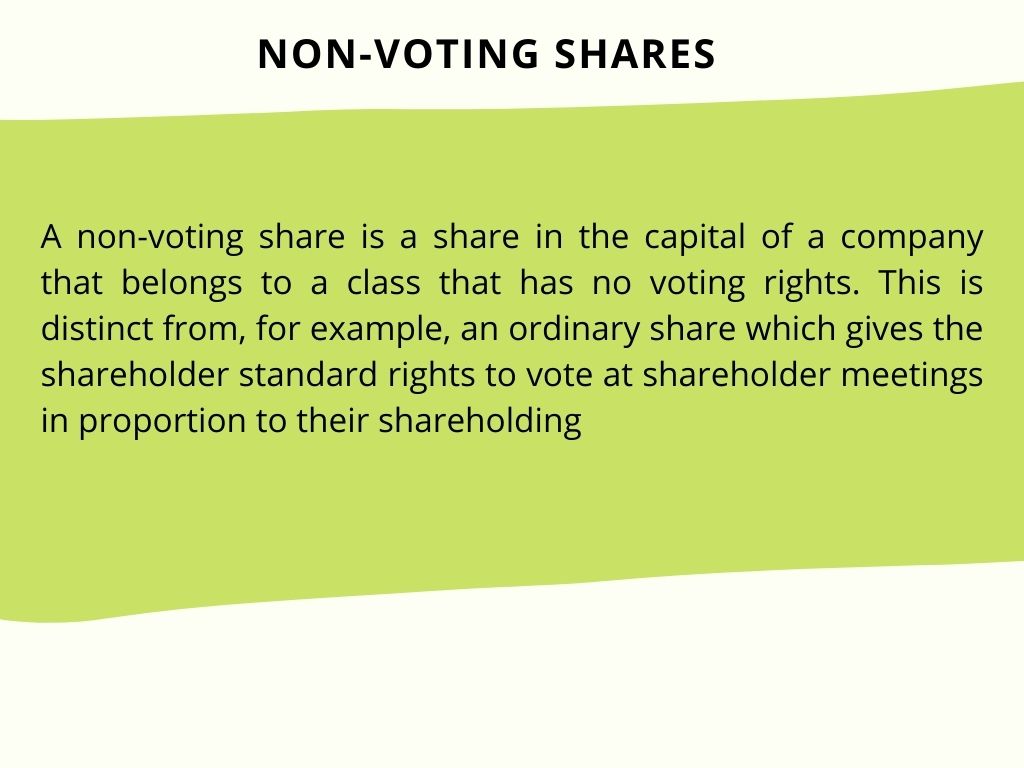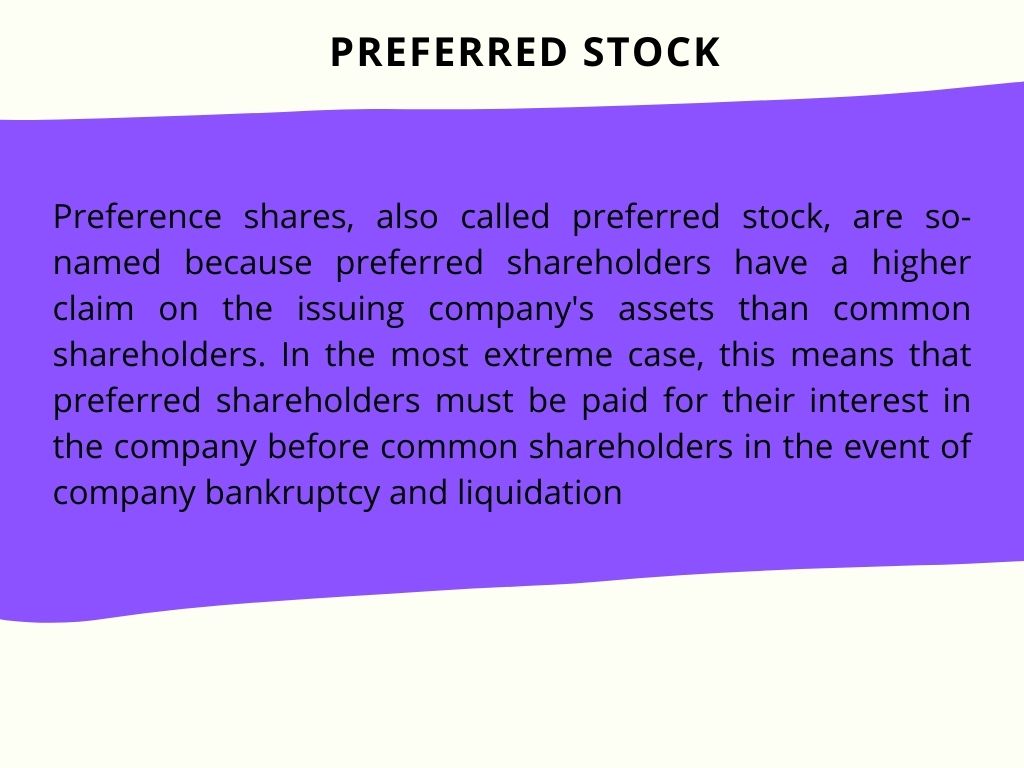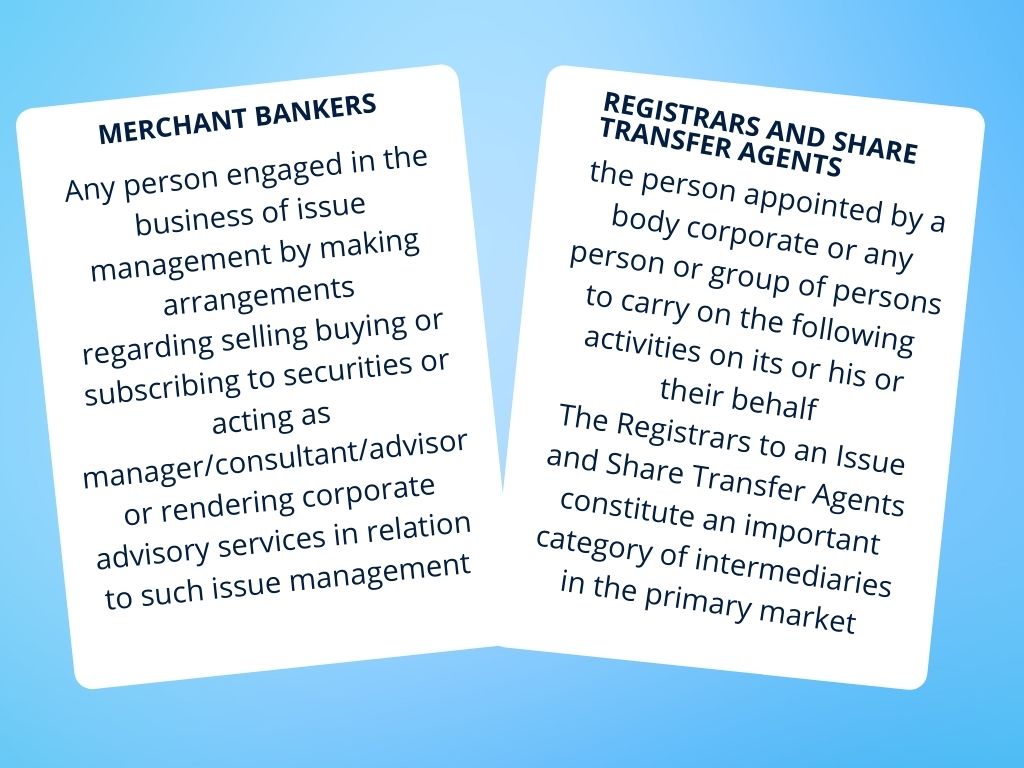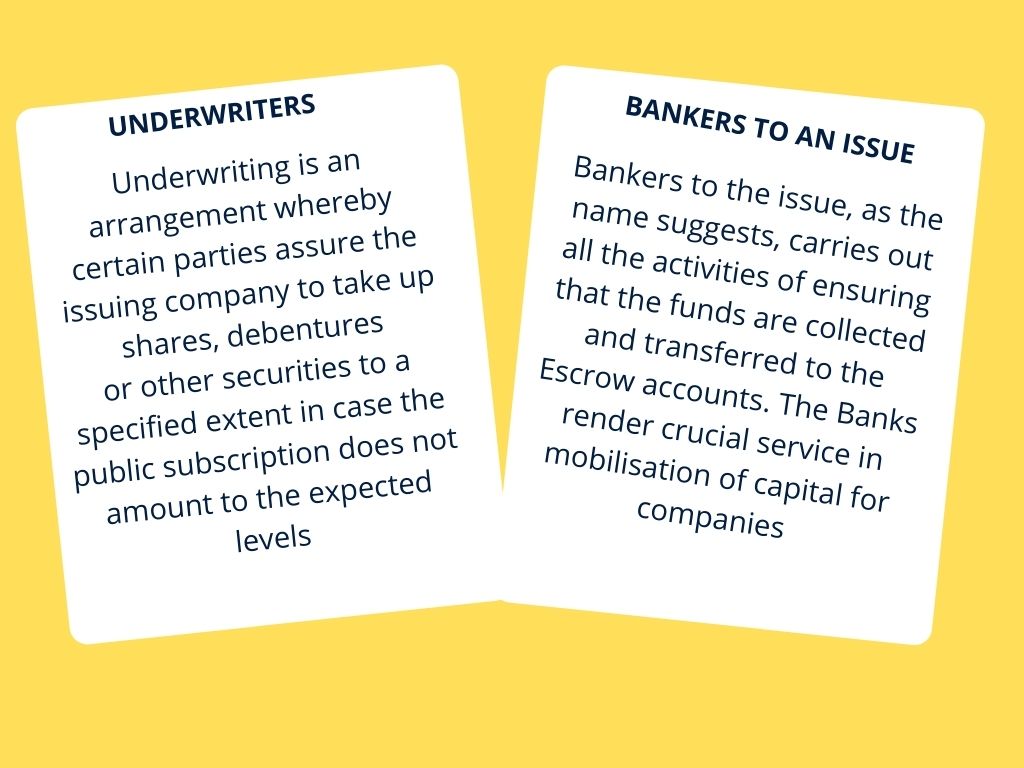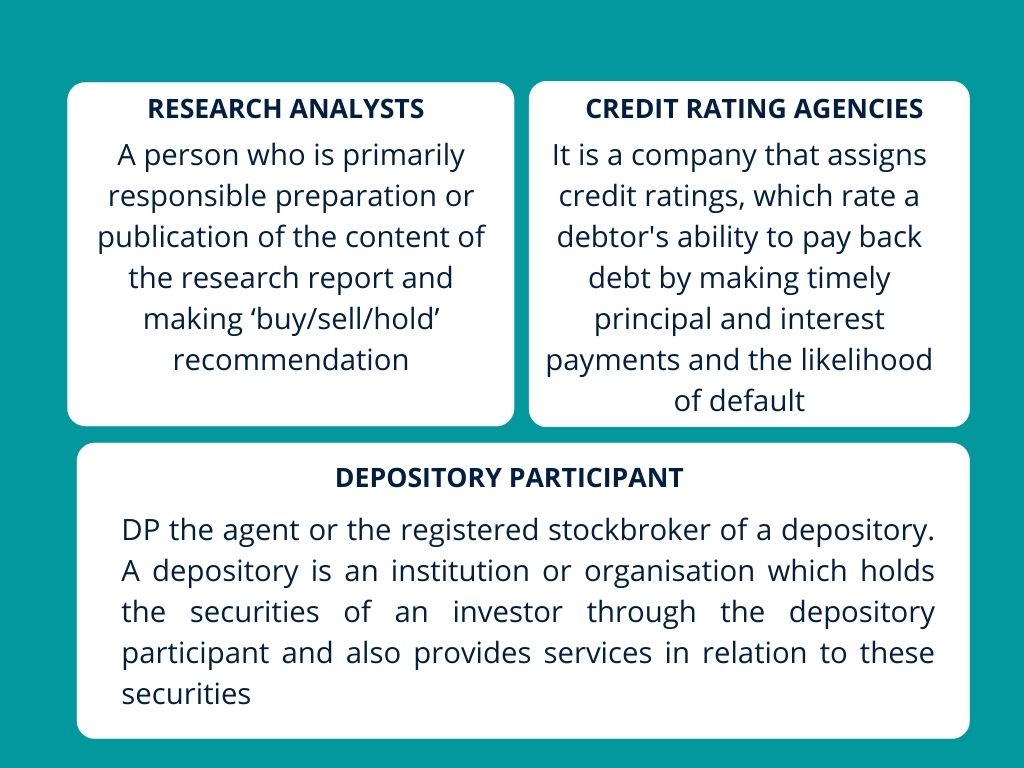Different types of capital market instruments
What is IPO
An initial public offering (IPO) refers to the process of offering shares of a private corporation to the public in a new stock issuance. An IPO allows a company to raise capital from public investors.
The transition from a private to a public company can be an important time for private investors to fully realize gains from their investment as it typically includes a share premium for current private investors
Who are the top credit rating agencies?
FAQ on Credit Rating Agencies
What is methodology in credit rating?
Manufacturing Companies | Financial Services Companies | Structured Obligations |
Industry Risk | Capital Adequacy | Structured borrowing arrangements |
Company’s industry and market position | Asset Quality | legal and tax structure |
Operating efficiencies | Management | Ability and |
Accounting Quality | Earnings | Securitization transforms illiquid assets |
Financial flexibility Fixed at par | Liquidity | overall risk |
Earnings protection | Systems and Control | pool and the cash flows |




